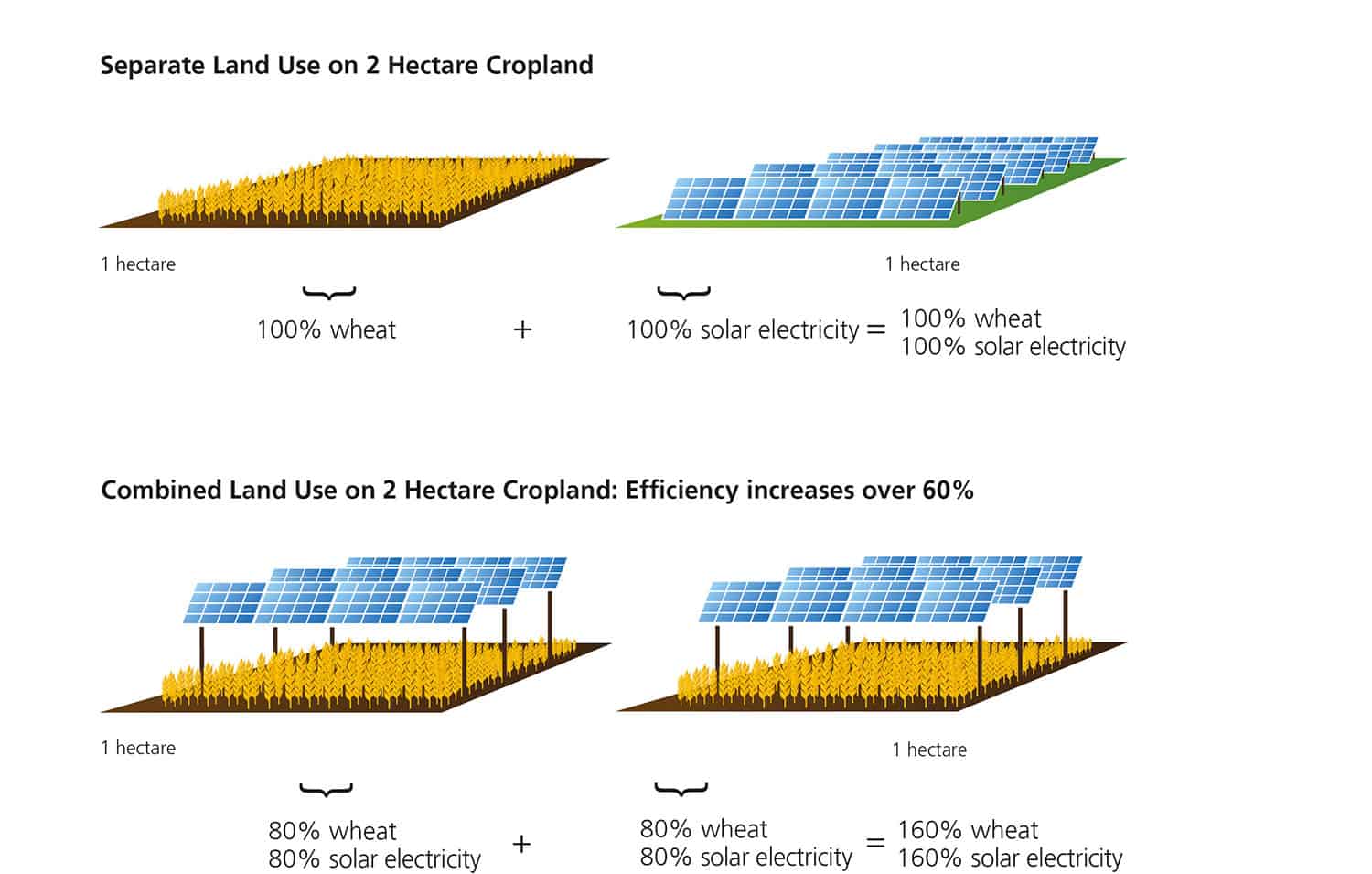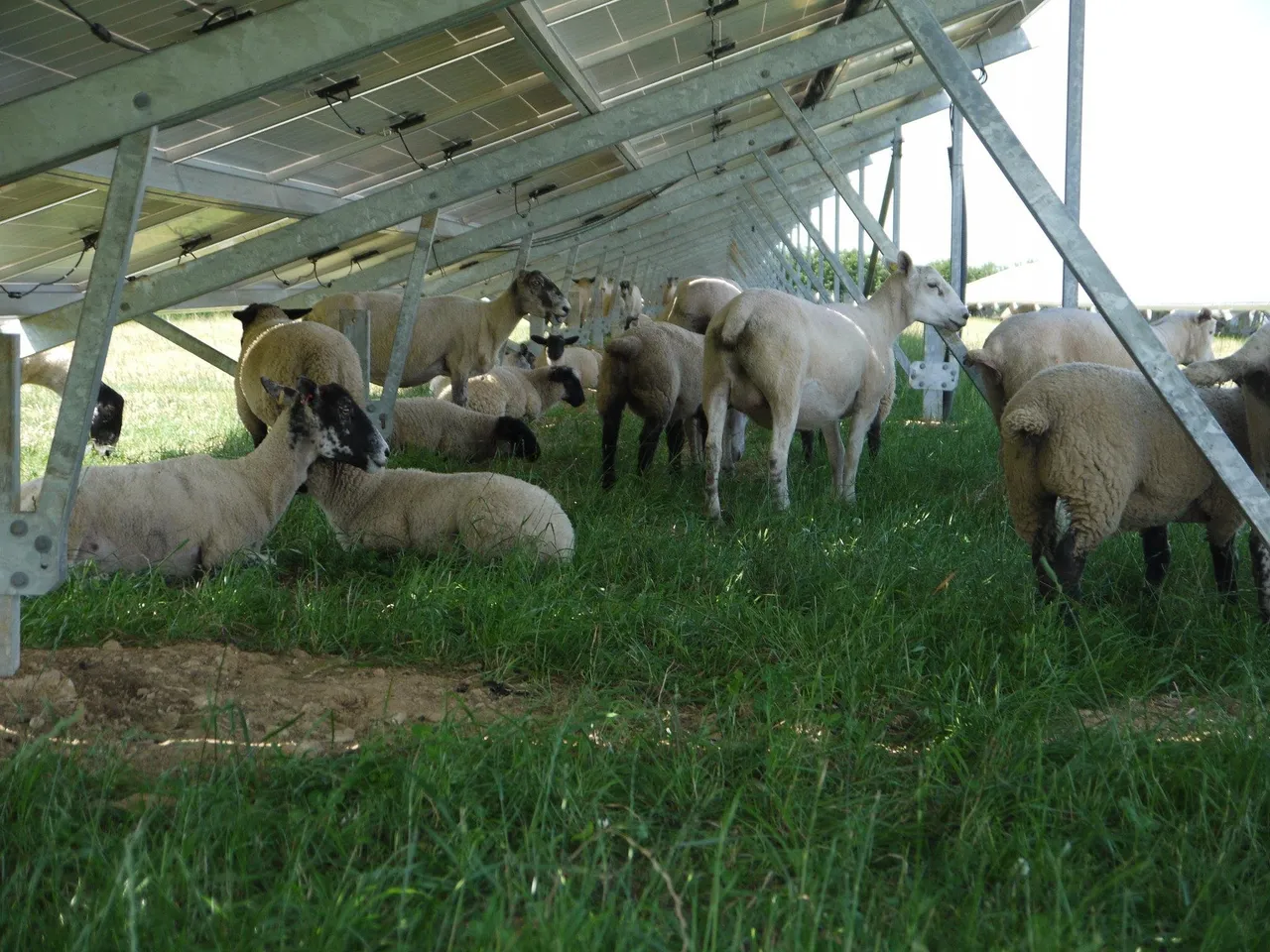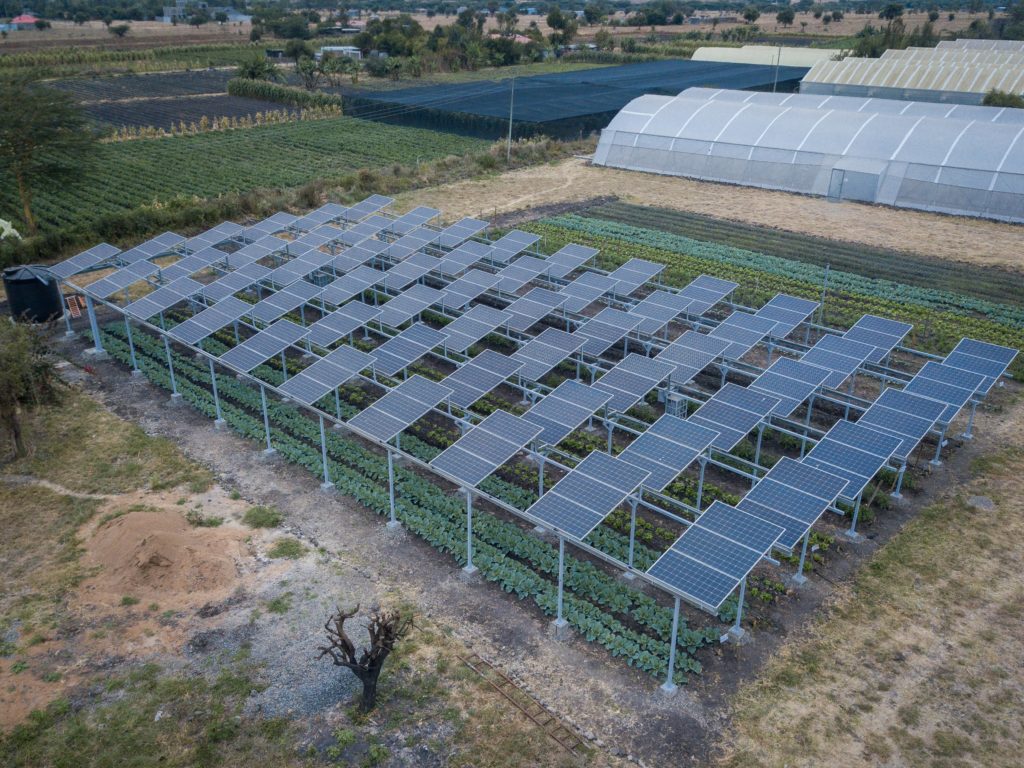With two billion more people expected to be added to the planet by 2050, energy and food production are required to increase by 47% and 60% respectively to meet the demand. The problem is further accentuated by severe climate change, which diminishes many counties’ capacity to sufficiently meet their citizens’ food, energy, and water needs. We are facing an impending energy and food crisis that needs to be addressed carefully and with sustainable solutions at its heart. Agrivoltaics, the simultaneous use of land for both solar photovoltaic (PV) power generation and agricultural production, may be one of the answers we are looking for.
—
Agrivoltaics, agrophotovoltaics, or dual-use solar is the simultaneous use of land areas for solar photovoltaic power generation and agriculture.
The primary benefit of this revolutionary technology is that panels and plants can co-exist and mutually benefit each other. Panels are typically positioned about 7-10 feet (ca. 2-3 metres) above the ground, with some spacing to provide a mix of sun and shade to the plants below. Studies have found that this approach can offer compounding advantages such as shielding plants from excessive heat, cold and ultraviolet (UV) radiation, thereby increasing the yield of certain crops.
As global temperatures rise with the climate emergency, solar panels can also help to conserve freshwater supplies by reducing evaporation from both plants and soil. The evaporation that does still occur underneath the panels has the added benefit of cooling the PVs and thus boosting their electricity production since their optimum operating temperature is between 20C and 25C.

Image 1: Agrivoltaics Techniques
You might also like: What Are the Advantages and Disadvantages of Solar Energy?
The term ‘agrivoltaics’ was only coined in 2011, as such the technology is still in its infancy as scientists continue to establish optimum configurations and crops for maximum yields and electricity generation. Some of the greatest benefits of agrivoltaics have been observed in hot and drought-stricken regions, where PVs provide shade and help the ground retain water. For instance, in Arizona, US, one study found that the production of cherry tomatoes doubled and chiltepin peppers tripled under solar panels. It is a similar story on a test plot in Kenya, which reduced the amount of water needed for irrigation by 47% and grew cabbages that were 24% larger.
It is important to note that not all crops fare well with some shade. For instance, wheat is not compatible with agrivoltaics as the crop requires high levels of sunlight. If the soil below the photovoltaic panels is not suitable for plant growth, then sheep or other small livestock can graze the pasture below and use the panels to shelter from the weather, still allowing for dual use.

Image 2: The Dual Benefit of Agrivoltaics (source: RatedPower)
Currently, the main disadvantage of agrivoltaics is the high upfront cost required. Compared to conventional roof mounted PV, dual use solar systems require a larger, more complex mounting systems which can cost up to triple the cost of the installation of flat roof PVs. Further to this, deeper steel foundations are required for the PVs to provide stability and resilience in adverse weather conditions; the embodied carbon emissions associated with this are high.
Agrivoltaics produces more renewable energy and more food whilst using less water, fortifying the security of all three of these critical natural resources and providing a rare chance for true synergy. A balance must be found as the Earth’s population continues to rise and competition for these resources increases. With studies estimating that covering less than 1% of the world’s cropland with PV could generate all the world’s present electricity demands, agrivoltaics could be the answer.
Featured image by Chloride Exide/Dezeen
You might also like: Can We Build Solar Power Systems in Space?


















